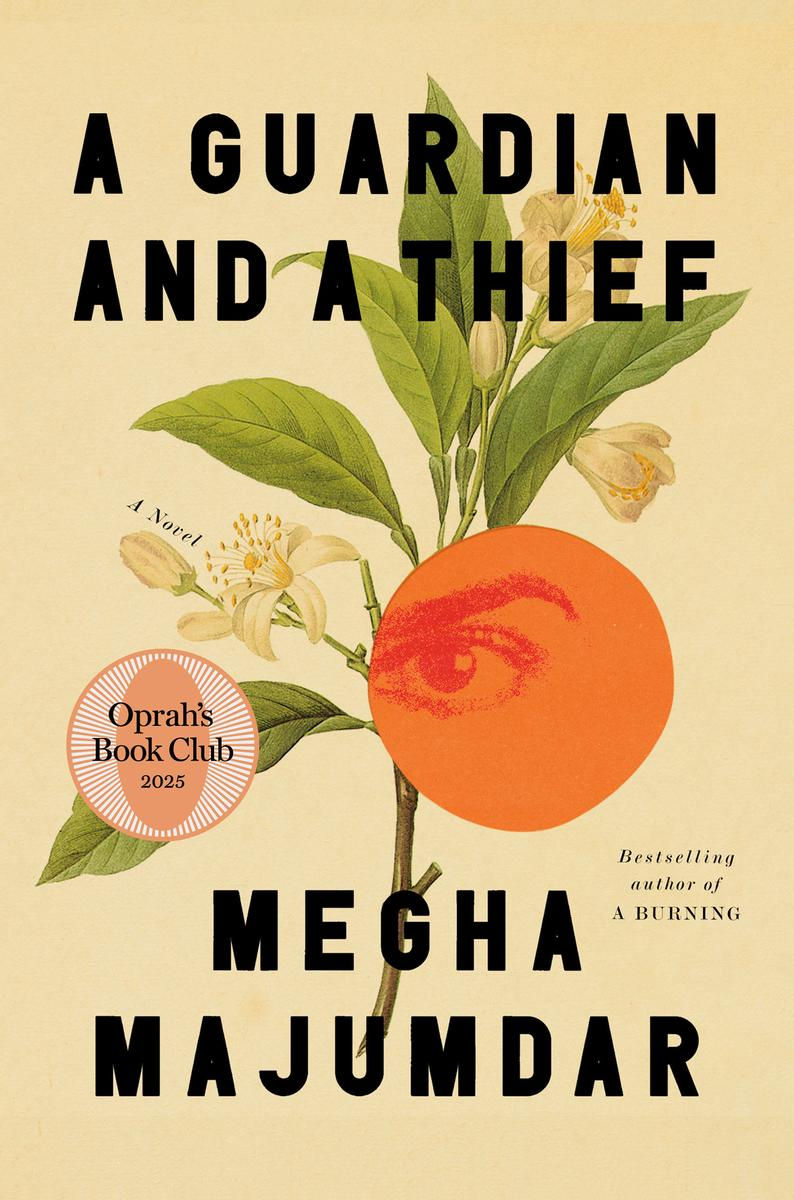"The Lost Year" | Reviewed by Chris Stuckenschneider
- cstucky2

- Feb 21, 2023
- 3 min read
A good book is a good book no matter what age it’s intended for. That’s my philosophy. Often, I’m as enamored by a picture book with gorgeous illustrations as I am transfixed by a literary novel. Recently, a new book for 10 to 14-year-olds held me breathless, “The Lost Year,” by Katherine Marsh.
This historical novel is riveting and timely, inspired by Marsh’s Ukrainian family. It brings to light the tragic time of “The Holodomor,” in the early 1930s in Ukraine, when Stalin blamed the deaths of millions of people on the false premise that there was a lack of food. In actuality the genocide was a “forced famine,” in which kulaks, peasant landowners, were viewed as enemies of the government because they failed to relinquish their property in Stalin’s “equalization plan.” Distrust and fear ran rampant, with neighbors and family members turning against one another to remain loyal to the state and avoid trouble with the secret police.
To tell her story, Marsh uses three young female cousins and one American boy, Matthew, a video-playing, New Jersey middle-schooler during the 2020 pandemic. Matthew is struggling with the isolation caused by COVID and with the absence of his father, who’s in Paris covering ever-increasing virus-related hospitalizations. To further complicate Matthew’s angst, his mother puts him in charge of helping his Ukrainian Great Grandmother, GG, who’s moved in with the family to avoid COVID, after a stay in a nursing home.
In an effort to keep Matthew away from screens, his mother encourages him to spend time with GG and to help her go through the papers she’s brought with her. In doing so, Matthew and GG grow close, GG eventually, and hesitatingly, sharing a secret she's kept to herself since she was Matthew’s age, as a girl named Mila growing up in Ukraine.
The action alternates between 2020 and the 1930s as we get to know Mila, whose mother died in childbirth and whose father is a loyal support of Stalin. He raises Mila to believe the kulaks are evil, filling her head with stories generated by Stalin and his followers.
Across the ocean in Brooklyn, Mila’s cousin Helen, nearly 13, has newfound troubles. Her father has suffered a heart attack, in part generated by worry about his brother’s family in Ukraine, kulaks who have written asking for money for food—they are starving. The news coming out of Ukraine is being falsified, and the public doesn’t know the facts, but Helen and her family do because of family letters they receive. Wanting to aid her starving relatives, including a girl named Nadiya, her cousin, who is just her age, Helen sews a gold cross into the hem of a dress and mails it to her Ukrainian aunt, hoping Stalin’s censors don’t intercept the package. Helen’s parents know nothing of her goodwill effort.
Back in Ukraine, the horror of “The Holodomor” becomes vividly real to Mia when her cousin Nadiya comes to her home, hollow-eyed with hunger begging Mia’s father for food. Mia is shaken to her core at the sight of her and begins to question her father’s support of Stalin.
The connection between Matthew’s great-grandmother and the thread from the past that binds the cousins is shockingly revealed as this heartrending, powerful story plays out. Though it’s grim at times, it’s an important book, especially in light of what’s happening today in Ukraine. A touching afterword by Marsh fills us in on the real GG and the family stories that inspired this rich, affecting novel—an enlightening book to devour as an adult and gift to a young reader, one certain to prompt rapt discussion.

.png)





Comments